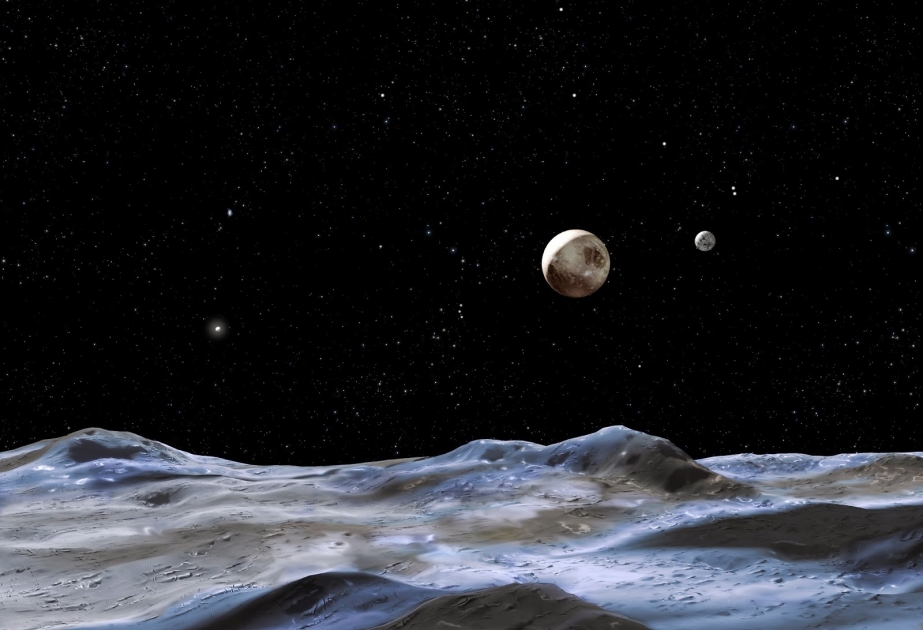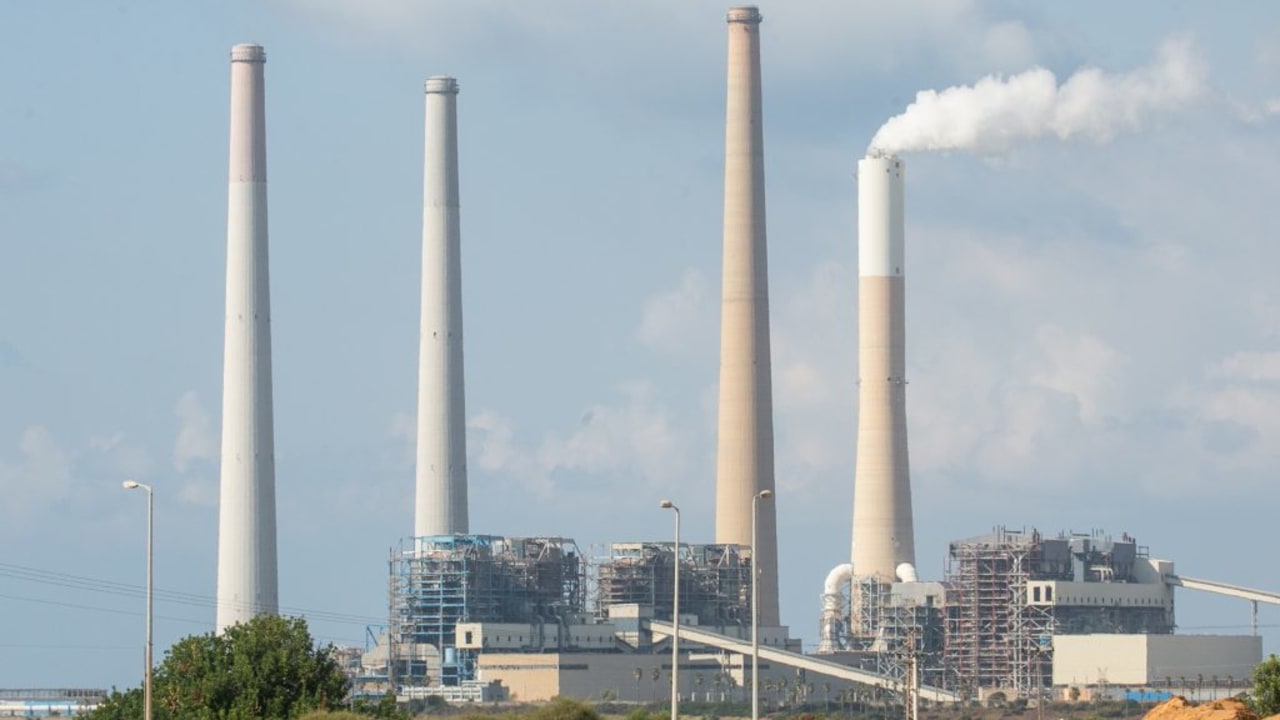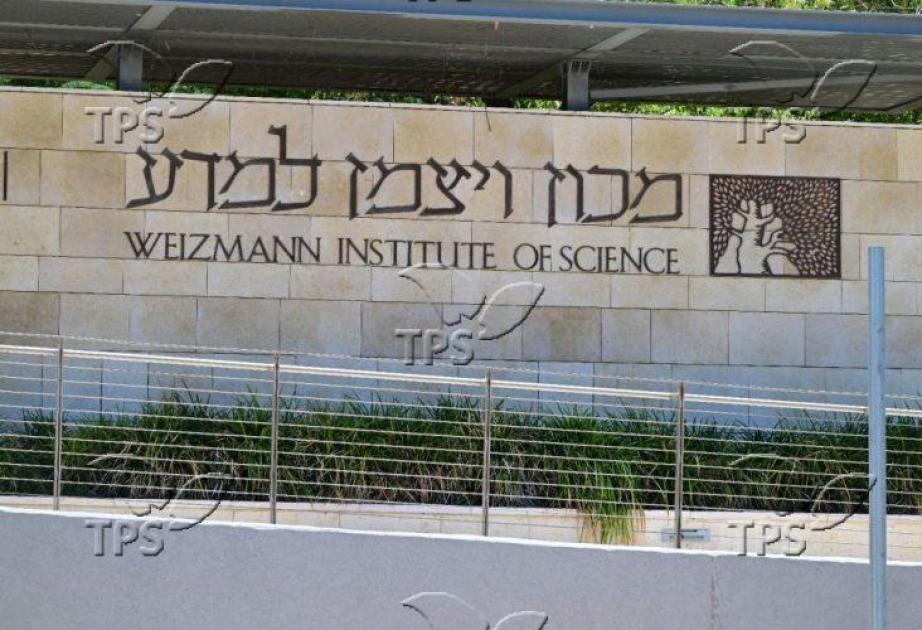Two astronauts from Japan will set foot on the moon through the lunar exploration program led by NASA, under a basic agreement reached by the Japanese and U.S. governments, it was learned on Sunday, according to Nikkei Asia.
The U.S.-led Artemis program aims to put humans on the moon for the first time since the Apollo program of the 1960s and '70s. Japanese astronauts were already set to be part of the crew of the Gateway space station that will orbit the moon, and the two governments have been ironing out details such as the number of Japanese astronauts who will touch down on the lunar surface.
With studies indicating the presence of ice under the surface, the moon is increasingly seen as an important foothold for humans to conduct activities in space and eventually reach Mars. Japan's goal is to land its astronauts on the moon in the latter half of the 2020s, becoming the second country after the U.S. to do so. Twelve American astronauts have walked on the moon.
The Artemis program aims to send astronauts to the lunar surface in September 2026, and the Japanese crew members are expected to be part of a landing in 2028 or later. But these target dates are subject to change due to delays in NASA's development of a spacecraft and other factors.
In February 2023, the Japan Aerospace Exploration Agency (JAXA) selected two new astronaut candidates, Makoto Suwa and Ayu Yoneda, with an eye on manned lunar missions. Both are currently training, and are expected to be officially certified as astronauts in November.
Japanese Prime Minister Fumio Kishida and U.S. President Joe Biden are poised to confirm the two nations' cooperation in space when they meet on April 10. At that time, NASA Administrator Bill Nelson and Masahito Moriyama, Japan's science and technology minister, are expected to sign an agreement on lunar activities.
This document is expected to mention the use of the Lunar Cruiser, a lunar exploration vehicle being developed by Toyota Motor and others.





















